Review: 2011 Dodge Durango R/T

I knew Mercedes GL.
It’s true. I signed a lease on a new GL320 Bluetec a year and a half ago, backing out when the dealer “discovered” that they’d “mis-written” the options on the truck and that the payment would be $150 a month higher as a result. I’ve driven the GL a fair amount. It’s a solid-feeling but rather charmless vehicle that barely makes a case for itself as a $499-a-month race-car tow rig.
Several of my compatriots in the press have noticed that — OMG! — the new Durango shares some basic platform engineering with the GL, and that — whoa! — it’s about the same size. It must be the GL to the Grand Cherokee’s ML! One intrepid fellow even claimed that his finely-calibrated posterior even detected extremely similar suspension motions during a test drive of the Durango R/T.
Hogwash. I happened to drive the same example R/T, which was a last-minute addition to the model lineup driven, one suspects, by Ralph Gilles’ desire to have a bitchin’ tow rig of his own. It may share a common genetic background with the Mercedes GL, but I remind the reader that Jessica and Ashlee Simpson are also related. In this case, the HEMI-powered Durango is the spotlight-stealing, voluptuous blonde while the clunky, cheap-feeling, deliberately ponderous GL is lip-syncing on Saturday Night Live while making an odd kicking motion.
In a resurgent seven-passenger SUV marketplace, the Durango poses an interesting question, namely: Can a longitudinal-engined truck compete effectively against transverse-engined cars? The Ford Flex is fundamentally a Taurus wagon, while the Traverse is a car design buffed and bloated up to two-and-a-half-ton size. Against those competitors, the previous Durango fell short in four major areas: third-row space, ride quality, fuel economy, and interior quality.
A switch to independent rear suspension addresses the first two problems, giving the Durango usable rear room and ride quality that, if not quite up to Flex standards, is competitive with the GM Lambdas. Fuel economy is no longer a problem: the new Pentastar V-6 outpowers GM and Ford while delivering 16/23 for RWD trucks and 16/22 for AWD. (The Flex and Traverse both score 17/24 for FWD, with the Traverse AWD at 16/23 and the Flex AWD at 16/22.) The five-speed transmission is short a gear to the competition but one might argue that the payoff in long-term durability is worth it.
The interior is best summed-up in a single detail: the USB port for attaching iPods and the like to the very solid stereo system is located in the armrest, and it is backlit by fiber optics so it can be easily found at night. The same obsessive attention to quality and customer satisfaction is evident throughout the Durango. The metal trim is real; the plastic trim is superb; the leather is clearly the product of bovine suffering instead of polyvinyl processing. With this generation of interior design, Chrysler has leapt from the remedial class to the National Honor Society. No excuses are necessary.
If only the same could be said for the uConnect system, which continues to resemble a Chinese knockoff of SYNC. There are four different “media centers” available, but none of them are as good as what the Flex had last year, and they are miles behind the myFordTouch system that is arriving with the new Explorer. On the positive side, the new instrument-panel display is both informative and easy to look at.
Dodge hopes that the Pentastar V-6 will be the volume engine in this vehicle; in order for the Durango to have long-term success in the market, it can’t exist in customer perception as a big, heavy, HEMI-powered monster. That didn’t stop your humble reviewer from stomping my feet and holding my breath until I was given the sole “R/T HEMI RWD” for my 106-mile test drive. With tickets in hand for a blues show that evening and the prospect of some fascinating companionship, I was thoroughly motivated to hustle back to the hotel.
I’ve sung the on-road praises of the 2011 Jeep Grand Cherokee before. The Durango is longer and heavier, but in R/T form it’s also far more road-biased. The result is a very quick truck indeed. I used to drive a six-speed Cayenne GTS on a semi-daily basis, and although the Durango doesn’t have quite that level of pace, it’s just as willing to hustle down a curving road. In the modern context, curb weights in the 4700-pound range no longer seem outrageous, and the HEMI gives the R/T a better power-to-weight ratio than an ’86 Corvette.
If the Grand Cherokee relies on off-road prowess to stand out from the SUV crowd, the Durango depends on towing. A 7400-pound capacity for RWD V-8 models is significantly ahead of the competition, but even the AWD V-6 can pull five thousand pounds, and it’s likely to do it better than any transverse-engined crossover. Dodge doesn’t have a direct competitor to the Tahoe, but most buyers will find that the Durango can tow just as well while offering a more pleasant, manageable daily drive.
Trim levels range from the under-$30,000 “Express” through the most-people-will-pick “Crew” and top out with R/T and “Citadel”. For “Citadel”, read “Denali with a side of Aspen”. If you’re planning on buying a Pilot, Highlander, or Traverse, the Durango offers additional capability at virtually no penalty in efficiency or space. Most Durango buyers would actually be better-served with a minivan or mid-sized sedan, but until the day that every comrade in the union is issued a Harvest Beige Toyota Prius, some folks are going to exercise their freedom to choose an SUV.
Once again, Chrysler has delivered a vehicle that competes on both tangible and intangible qualities. As long as the consumer frogs continue to boil slowly in the gasoline-price pan, Durangos should fly off the lots. It’s no Mercedes GL, and that’s a good thing, since it costs less, looks better, and is very probably better-built. Nor is it a “crossover”, CUV, or cute-ute. It’s simply a real SUV, priced realistically, that happens to be real(ly) good.

More by Jack Baruth
Latest Car Reviews
Read moreLatest Product Reviews
Read moreRecent Comments
- IBx1 Everyone in the working class (if you’re not in the obscenely wealthy capital class and you perform work for money you’re working class) should unionize.
- Jrhurren Legend
- Ltcmgm78 Imagine the feeling of fulfillment he must have when he looks upon all the improvements to the Corvette over time!
- ToolGuy "The car is the eye in my head and I have never spared money on it, no less, it is not new and is over 30 years old."• Translation please?(Theories: written by AI; written by an engineer lol)
- Ltcmgm78 It depends on whether or not the union is a help or a hindrance to the manufacturer and workers. A union isn't needed if the manufacturer takes care of its workers.



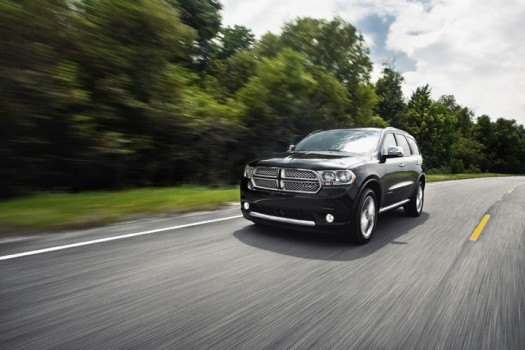

















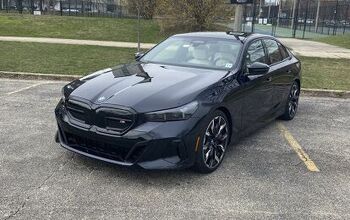
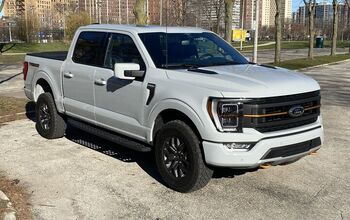
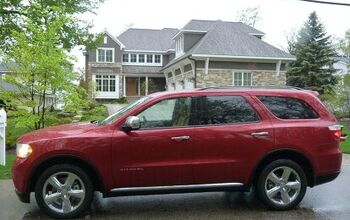
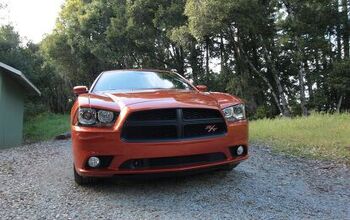
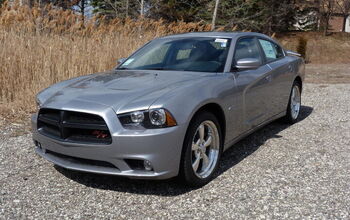
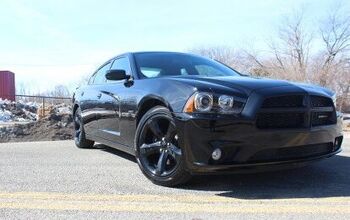
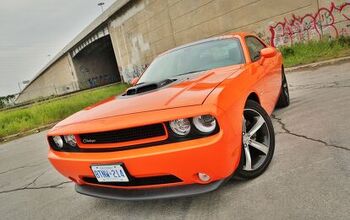

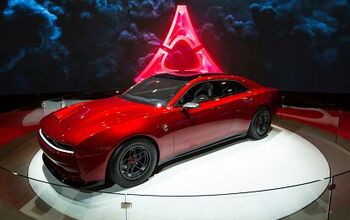
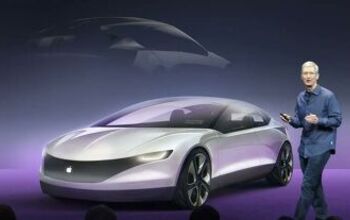
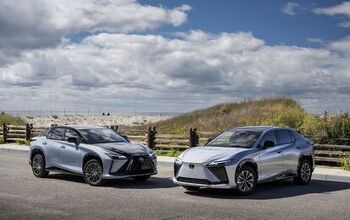
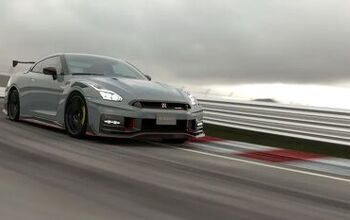
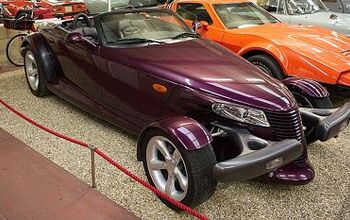
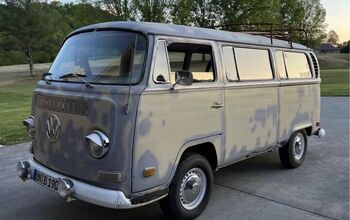
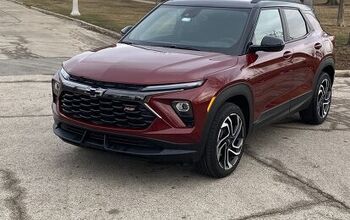
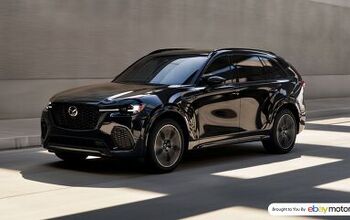

Comments
Join the conversation
While I'm not in the market for an SUV or Crossover as my next car will be small, like Fiat, Ford, Mazda et-al kind of small, it is nice to read of major improvements in the Chryco lineup now that Daimler is gone and Fiat is helping them out. I grew up in a mostly Mopar family, was brought home from the hospital as a newborn baby in a '64 Dodge 330 station wagon w/ 225 Slant 6 that my parents bought new and we had a spate of Plymouths in the 70's, mostly Fury's, let's see, a '66 Fury that my Dad ended up trading for either a '70 or '71 Fury III four door when a piston collapsed in the '66 that all I recall of it was it sat in the garage w/ the broken engine for a while before the trade took place. We also had a '72 Gold Duster and the last Mopar was the '75 Gran Fury, all bought second hand BTW and by the time of the Gran Fury, it was the early 80's, I learned to drive in the Gran Fury BTW. My parents went through a Buick, several Hondas before buying the 1995 Chrysler Concord, which my Mom sold after my Dad died due to it being a bit too big for her needs, bought a '97 Accord and now drives a 2004 Dodge Stratus which we both like (and I'm not a sedan kind of guy). So it's nice to see this company doing what it can to turn itself around and make good on itself. As had already been said, hope their reliability improves for the long haul.
I had a '05 Durango limited and loved it. I never had a problem with it at all but traded it in on a'09 Ram, that I just had to have. I haven't seen one of the new Durangos in person but the pictures sure look good. Bravo Dodge it is good to see the improvement throughout the brand. I can't understand the continual calls for a diesel. I drove diesels for a lot of years in big trucks and they have their problems. I know the new diesels are better but I wouldn't want one unless I was putting on huge highway miles. I can't see any benefit of diesel over gas as a daily driver. If you live in the Great White North as I do cold starting can be an issue. When you add up the costs you would have to make fantastic mileage to recoup just the extra purchase price. You have to remember both take fuel. With a 5 mile per gallon increase it will take a tremendous amount of miles to get even 2 or 3 thousands dollars back. What makes it worse diesel being more expensive in most markets.Diesels usually have higher servicing costs not to mention huge engine rebuild costs if you happen to blow one. All things considered a good efficient gas vehicle make way more sense as a daily commuter. IMHO